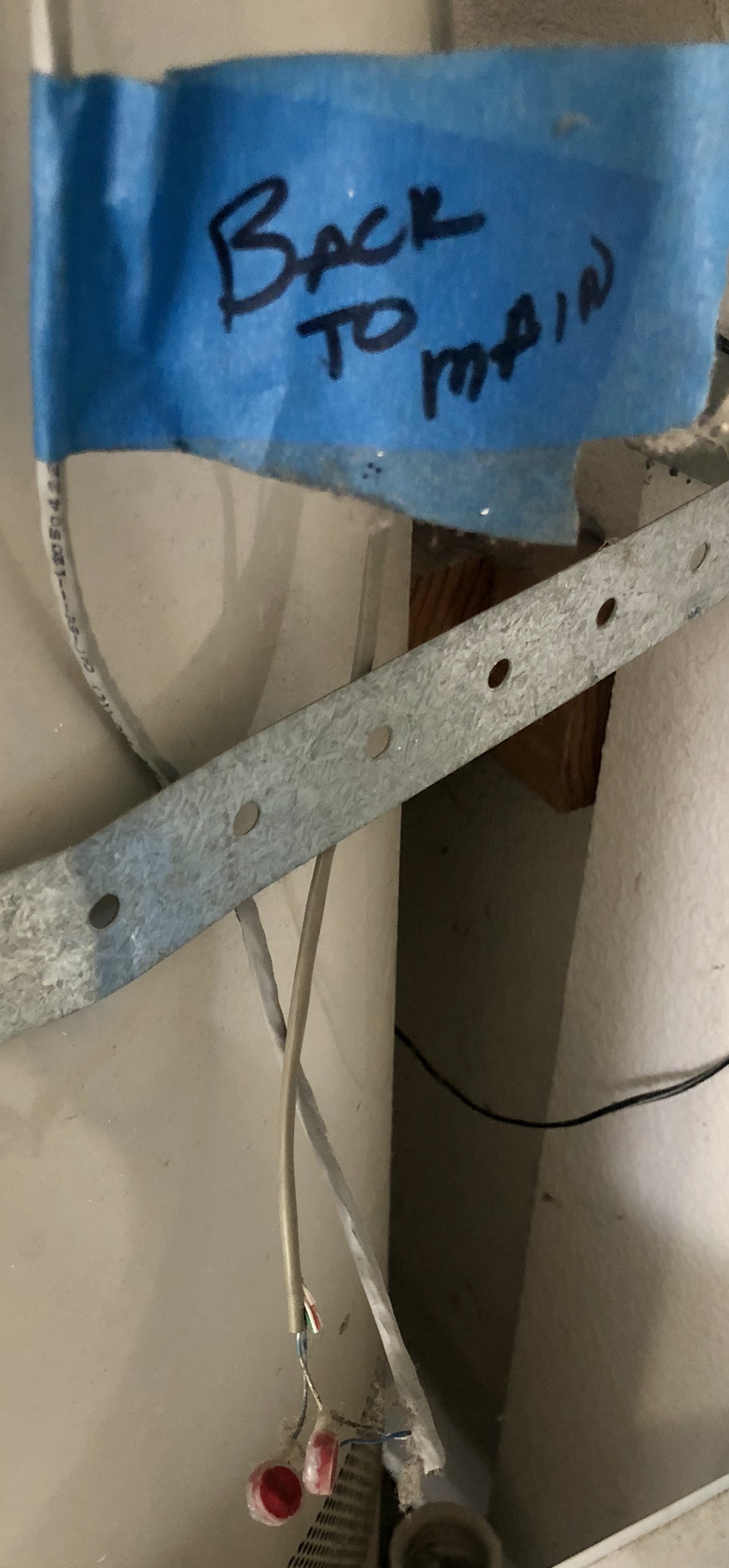Might as well pop in to give my 2¢ on this, since I'm actually doing home renovation right now, and have asked these same questions.
As others have said, yes, it's definitely Cat-5E cable, for real. You just don't recognize it because it's most likely plenum-riser in-wall rated cabling meant for long runs with solid-core wiring.
Most of what consumers touch is stranded UTP—stranded, unshielded twisted-pair, rather than solid. Meant for patch cabling, not punchdowns or wall terminations.
I'm sure OP has either figured it out by now or given up, but as to the purpose of the cable? Well, only 2 lines were used, running directly to the water heater, and connected to mysterious "other" cables using waterproof Lok-Tite fasteners.
I'd wager this was either a hookup to the home environmental controls to read the state of the water heater (i.e. a basic built-in binary switch) or part of an integrated home automation, monitoring, or security system. Possibly some combo depending on the contractor.
As to why this type of cable? Like others have pointed out…it's easy. Why save $5 when you then have to deal with 7 different types of cabling? Home networking? Cat-5E. Phone lines? Cat-5E. Security system? I kid you not, my house uses Cat-5E. For the reed sensors in the door frames.
If they could've used it for power and COAX, I bet they would've.

